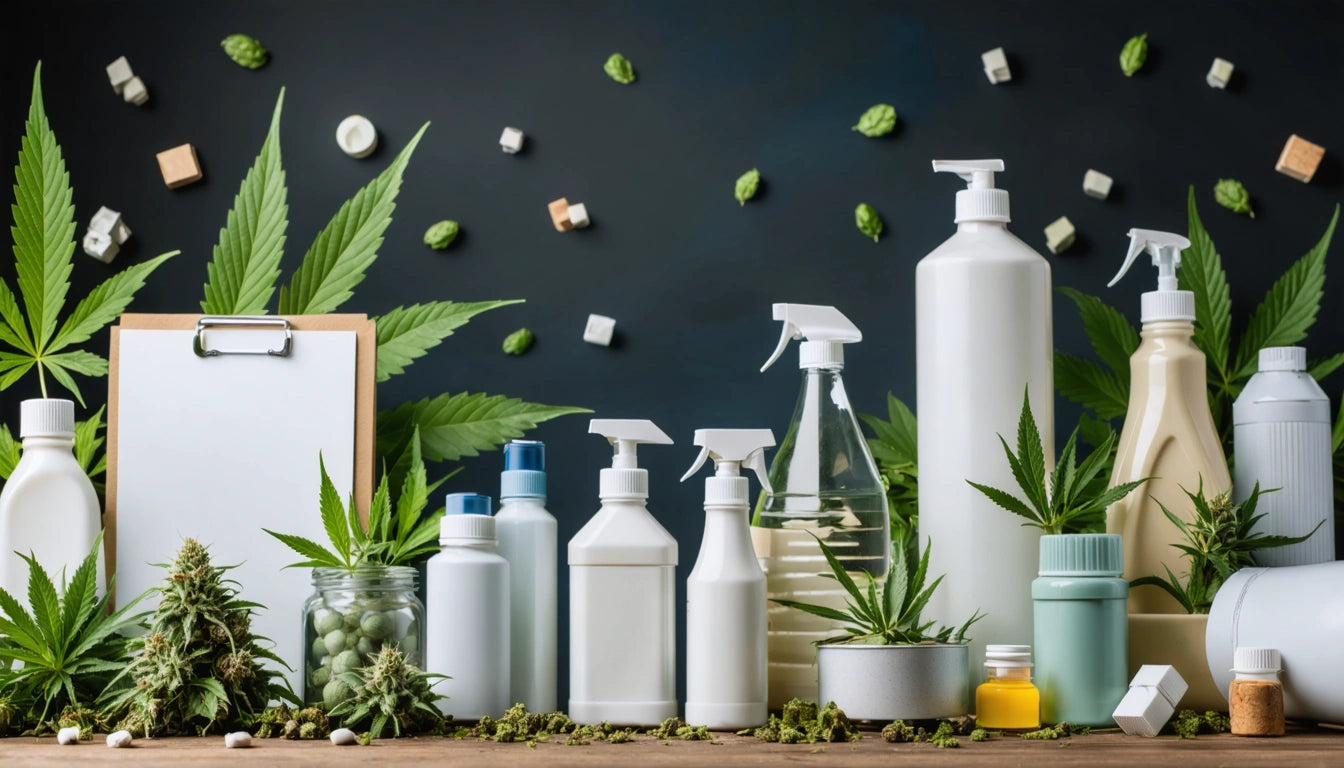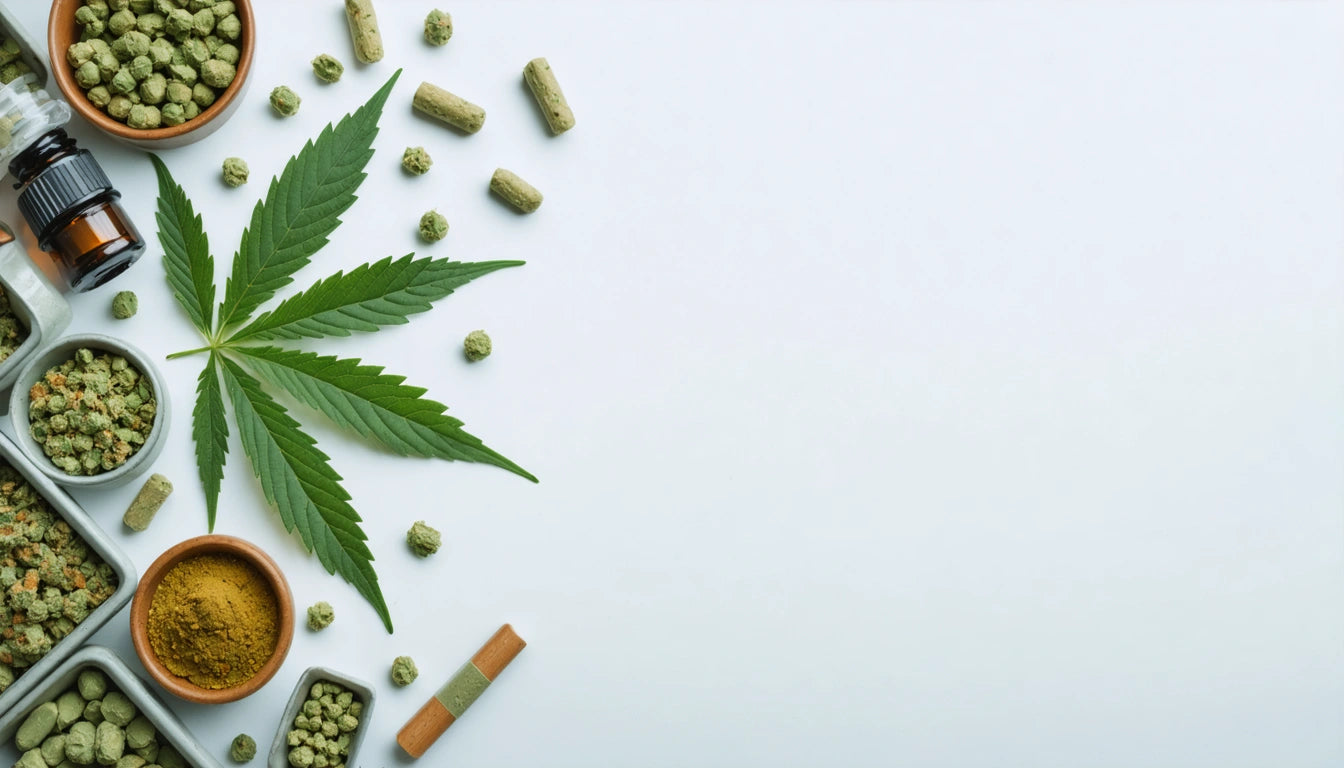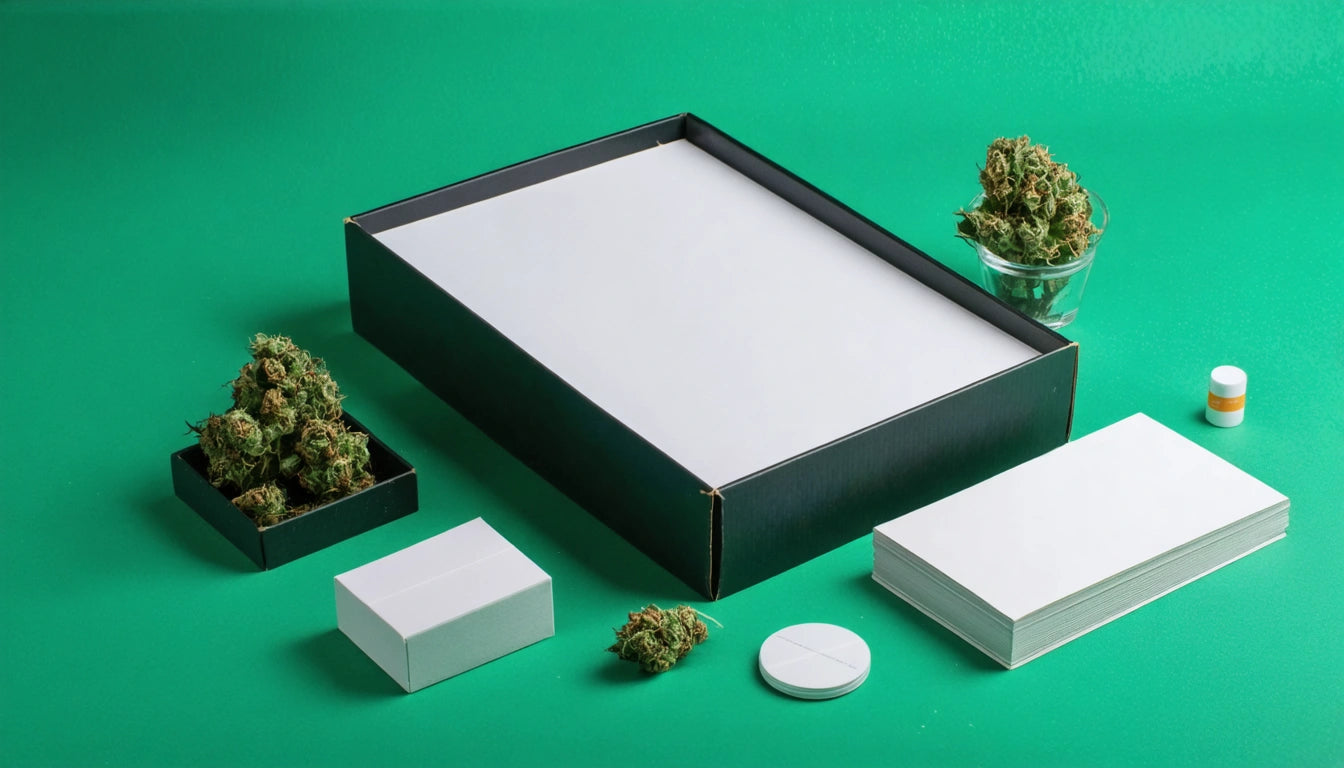Table of Contents
Cannabis products require specialized packaging solutions that address two critical environmental factors: heat and light exposure. These elements can significantly degrade cannabinoids, terpenes, and other active compounds, directly impacting product quality, efficacy, and shelf life. Understanding how different packaging materials perform under various conditions is essential for maintaining product integrity from production to consumption.
Why Heat and Light Protection Matters for Cannabis Products
Heat accelerates degradation processes in cannabis products, causing cannabinoids to convert to less desirable compounds and terpenes to evaporate. Similarly, light exposure, particularly UV radiation, breaks down THC and other cannabinoids, reducing potency over time. For concentrates with high terpene content, these factors can be especially damaging, affecting both therapeutic benefits and flavor profiles.
According to industry research, cannabis products stored in inadequate packaging can lose up to 16% of their THC content in just one year due to light exposure alone. This degradation directly impacts consumer satisfaction, brand reputation, and potentially creates compliance issues with labeled potency claims.
Material Comparison: Heat and Light Resistance Properties
Glass Containers
Glass offers superior heat resistance and excellent light protection when tinted (amber or cobalt blue). As detailed in this material comparison guide, glass maintains structural integrity across a wide temperature range without leaching chemicals. However, its weight and fragility present logistical challenges.
Plastic Options
Different plastic formulations offer varying levels of protection:
- PET (Polyethylene Terephthalate): Moderate heat resistance (up to 160 °F) with limited light protection
- HDPE (High-Density Polyethylene): Better heat resistance than PET but requires additives for UV protection
- PP (Polypropylene): Good heat resistance (up to 230 °F) with poor natural light protection
Understanding these material grades and their properties helps manufacturers select appropriate containers for specific product requirements.
Packaging Design Considerations for Temperature Control
Beyond material selection, design elements significantly impact thermal performance and light protection. Multi-layer constructions, such as those found in quality mylar bags, create effective barriers against both heat transfer and light penetration. When filling these specialized containers, professional-grade filling equipment ensures consistent product distribution while minimizing exposure to degrading environmental factors.
For edibles manufacturers, additional considerations apply as products must maintain food safety standards while providing cannabis-specific protections. This often requires specialized barrier properties that prevent migration of compounds in both directions.
Testing Standards and Compliance Requirements
Several testing methodologies evaluate packaging performance under various temperature and light conditions:
- Heat resistance testing (ASTM D4202): Measures structural integrity at elevated temperatures
- Light transmission testing (ASTM D1003): Quantifies UV and visible light penetration
- Accelerated aging tests: Simulate long-term exposure effects in compressed timeframes
Compliance with these standards not only ensures product stability but may also be required by state regulations in certain markets. Additionally, specific material certifications provide verification of performance claims and safety standards.
Impact on Shipping and Storage
Temperature fluctuations during transit and warehouse storage can significantly impact product quality. Material selection directly affects shipping costs and shelf life, creating a complex equation for optimizing both protection and profitability. Insulated shipping containers and temperature-controlled logistics may be necessary for products in particularly vulnerable packaging.
Future Packaging Innovations for Enhanced Protection
The cannabis packaging industry continues to evolve with new technologies addressing heat and light protection challenges. Emerging solutions include:
- Thermochromic inks that change color when products exceed safe temperature thresholds
- Advanced UV-blocking additives derived from sustainable sources
- Vacuum-insulated containers for temperature-sensitive concentrates
- Smart packaging with embedded sensors monitoring environmental conditions
As consumer expectations for product freshness increase and regulations tighten around potency claims, sustainable packaging alternatives that maintain protective properties will become increasingly important. The most successful brands will balance protection requirements with environmental responsibility and consumer convenience, creating packaging systems that preserve product integrity throughout the entire supply chain.











Leave a comment
All comments are moderated before being published.
This site is protected by hCaptcha and the hCaptcha Privacy Policy and Terms of Service apply.